On a winter weekend afternoon, savouring the slow life with every sip of perfectly brewed coffee, we watched The Storyteller. Ananth Mahadevan’s adaptation of Satyajit Ray’s short story “Golpo Boliye Tarini Khuro“ is an apt ode. It builds the character of Tarini Khuro and adds more dimension owing to Mahadevan’s perception of the story.
The 72-year-old director recalls, ‘When I first read the story, it was translated for me from Bengali to Hindi, and I realized that Ray had done a very clever thing; he had brought a Bengali who couldn’t speak Gujarati and a Gujarati who couldn’t understand Bengali together. So, the common means of communication was Hindi. The film could only be made in Hindi, not Bengali.’
The film is indeed in Hindi, but through the by-lanes of Calcutta, into the yawning emptiness of its afternoon streets, and to the bustling of fish markets, Bengali peaks at every step.
The film is indeed in Hindi, but through the by-lanes of Calcutta, into the yawning emptiness of its afternoon streets, and to the bustling of fish markets, Bengali peaks at every step. The change of scene also demands a change of sentiment; Garodia’s Gujarat is Gujarati in its being through the food, wooden furniture, and the adalaj ni vav.
The adaptation is a work of love for Ray, a sort of letter from the director, a story that still smells of Ray. ‘So I thought, here was an opportunity to try and emulate the great master from one of his own stories. It must have been in a moment of madness and absolute, one would say, obsession with Ray that I decided to do it, and I followed it up with almost fanatic enthusiasm,‘ says the ever so energetically and spiritually youthful Ananth.
A tale of two cities
The Storyteller is not driven by its characters but by the cities. Tarini Bandyopadhyay’s Bengal is a beautiful celebration of people and maach, whereas Garodia’s Gujarat is capitalist yet exists in its unique beauty. Paresh Rawal and Adil Hussain are impeccable actors whose role in the film is flawless. They add depth to the characters, where every swipe and stride dissolves the boundary, making them one with the setting.
The Storyteller opens with a whiff of Bengal, where Tarini has just finished his longest work stint, which lasted for 13 months and goes to enjoy the company of his fellow comrades. A capitalism-despising Bengali sets on a post-retirement work opportunity. The opportunity leads him to the house of a capitalist, Ratan Garodia.
The cotton merchant has hired a storyteller to help him sleep. From a city that sleeps peacefully to a city with insomnia, the tone is set and the background constructed. Tarini enters this world without knowing he will be weaving stories for a man to help him sleep, leaving behind his comrades and the delectable fish.
The process of weaving a story
Storytelling is not a job; it is a process. When Garodia sinks in his chair, Tarini lights a cigarette, and his magic wand starts weaving stories. His stories are amusing, from the massive tree on the Aravali hills to the pigeon in World War. We see the stories and follow the path as if on cue but are left hanging without a clear end in sight.
Garodia wakes the next day with a vigor he had been missing all his life. He still cannot sleep, but the stories have awakened the storyteller in him.
Garodia wakes the next day with a vigor he had been missing all his life. He still cannot sleep, but the stories have awakened the storyteller in him. The stories meant to induce sleep weave a world of words that awaken the storyteller in both protagonists. They start claiming ownership of the stories and giving them their twists.
The process of weaving a story also goes through reading an awful lot. Tarini starts visiting a library in Gujarat almost as soon as he reaches the city. His relationship with Tagore strengthens his narrative and also fuels the unexpected twist at the end of The Storyteller.
The woman, the muse
The women of The Storyteller are carefully crafted supporting actors. From Tarini’s dead wife to Garodia’s Saraswati to the librarian, they steer the men every step of the way. The women are not objectified; they are present, and their presence gives meaning to the words of the story.
Garodia starts writing to impress Saraswati as he so wittingly states, ‘Saraswati does not like Lakshmi,’ alluding to the fact that his former lover (Revathi) chose intellect over wealth. To impress her, he starts writing the stories Tarini recited.
Tarini could never write the stories he told. He could never muster the courage to pen down his words and make them real. He meets Tannishtha, the librarian who has brief affairs (imaginary) with the authors. Through her, he realises that Garodia has been stealing his stories under a communist pen name, Gorky.
But whose story is it?
Does a story belong to the narrator who has woven it on instinct or the author who has meticulously penned it? The line separating the two is blurry. The ownership of the stories leads to a covert dance between the two storytellers. While Garodia reaches the pinnacle and almost wins Saraswati, Tarini packs up and leaves Gujarat.
While Garodia reaches the pinnacle and almost wins Saraswati, Tarini packs up and leaves Gujarat.
Only then are we confronted with the twist of the tale. The stories were never original, but what is an original story anyway? Does anyone invent a story, or is it always a retelling of someone’s life?
The Storyteller leaves its audience with a smile where you are shocked, impressed, disappointed, and excited with the stories and never really know who the stories belong to. The film ends with Tarini finally writing his story about Garodia and Garodia writing his story about Tarini.
The Storyteller is an inception of Ananth paying homage to Ray through Ray’s words. The business of adaptation and storytelling is brought into a fresh perspective, and every belief is challenged.
The Storyteller is a fresh diversion in the world of hero-worshipping toxic masculinity-inducing stories. It talks about the relevance of stories in the capitalist world of image-building. The film takes the audience on a journey where post-retirement is a pace; every scene is meticulous and slow. But the film never bores. It offers a fresh delight where the Gujaratis try fish for the first time, and the cat is befriended.
It is an exploration of human characters where the supporting cast is also well-developed around characters, and the climax is unexpected. Tarini weaves a story to overcome the shock of his stories being stolen but is, in a way, flattered. In conversations with his friends, he confesses to being fooled but appreciates that, finally, his stories have been written. It awakens the storyteller in him, and the man afraid to write finally picks up his pen.
The two men in The Storyteller share an intimate bond, and we get a glimpse of compassion and respect.
The two men in The Storyteller share an intimate bond, and we get a glimpse of compassion and respect. They play with each other but never disrespect each other. They want the best for each other and, weirdly, become their rescuers. As Tarini quotes Picasso, ‘Good artists copy, great artists steal.‘
The Storyteller must be watched and rewatched to understand the ease of human interaction and the complexity of weaving stories around it. It is a film that has been slow-cooked and oozes perfection in every bite. It is meant to treat the old soul that still appreciates good art. A true homage to Ray, it has been shot to perfection using his style, color wash, and lens aesthetic.
About the author(s)
Dr. Guni Vats is an Assistant Professor at the Department of English, Manav Rachna International Institute of Research and Studies. A PhD in Gender Studies, she is a renowned researcher, writer, and scholar.
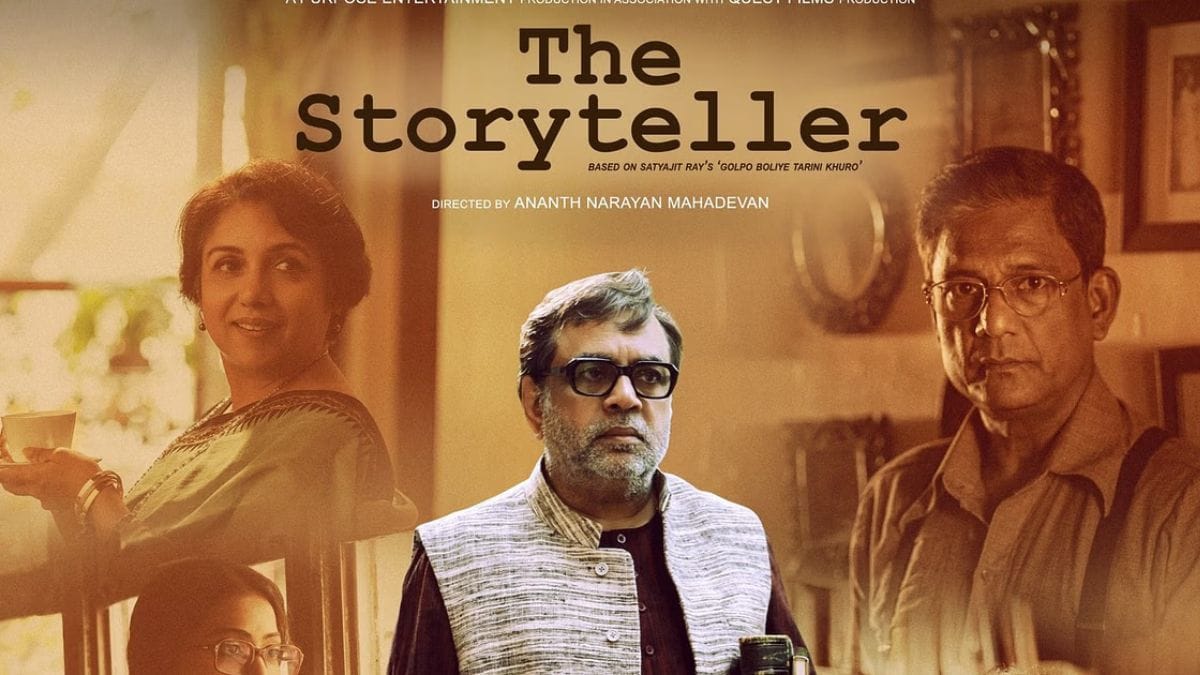
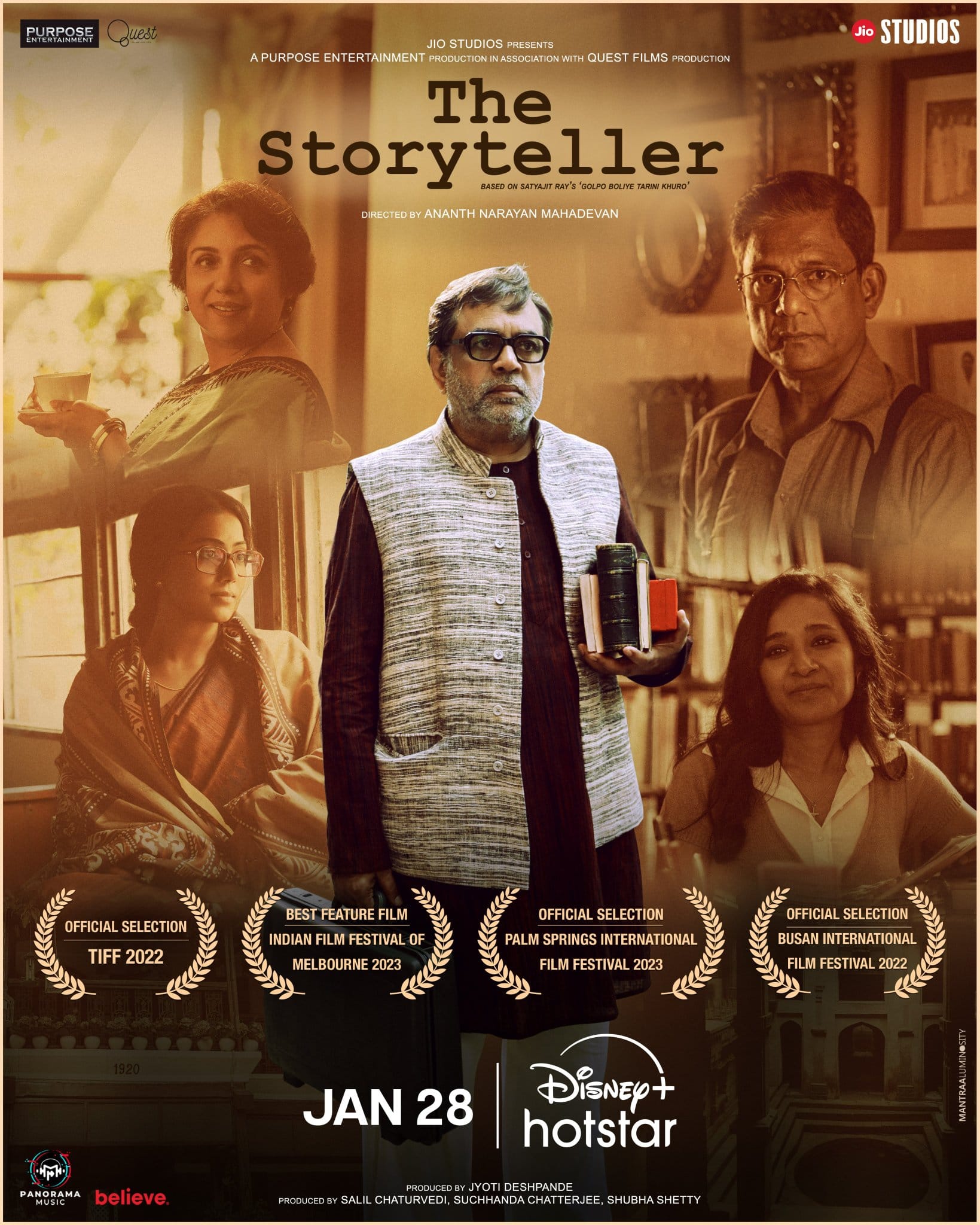
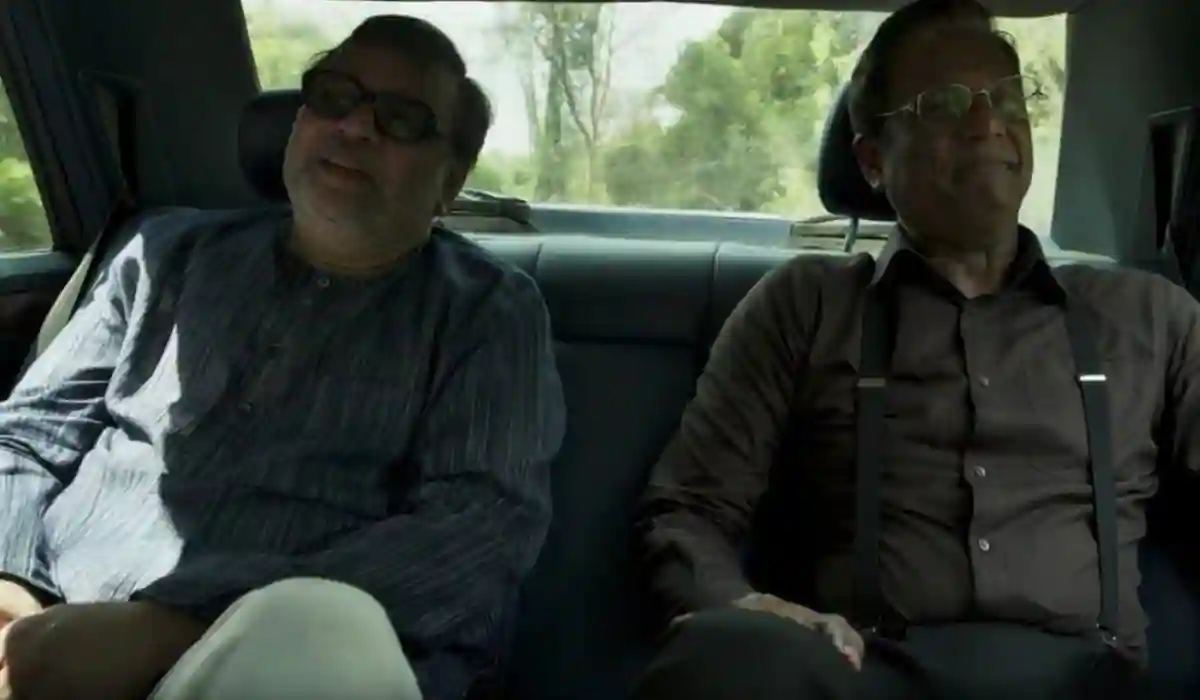
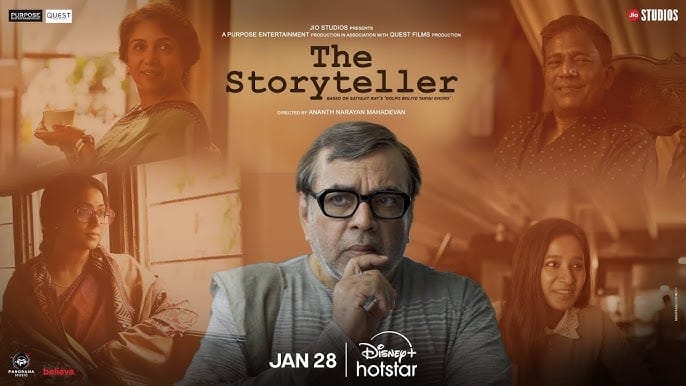
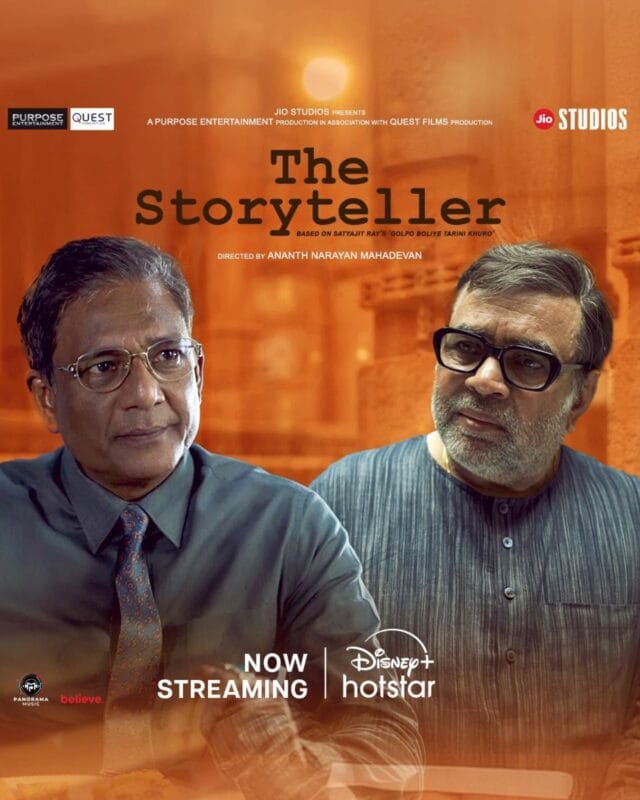


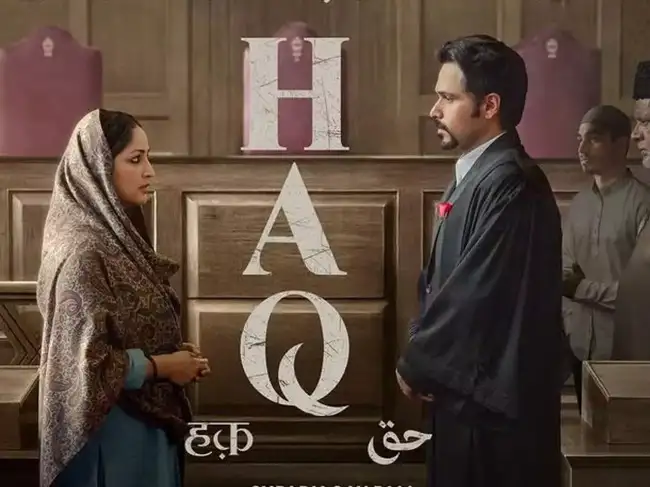

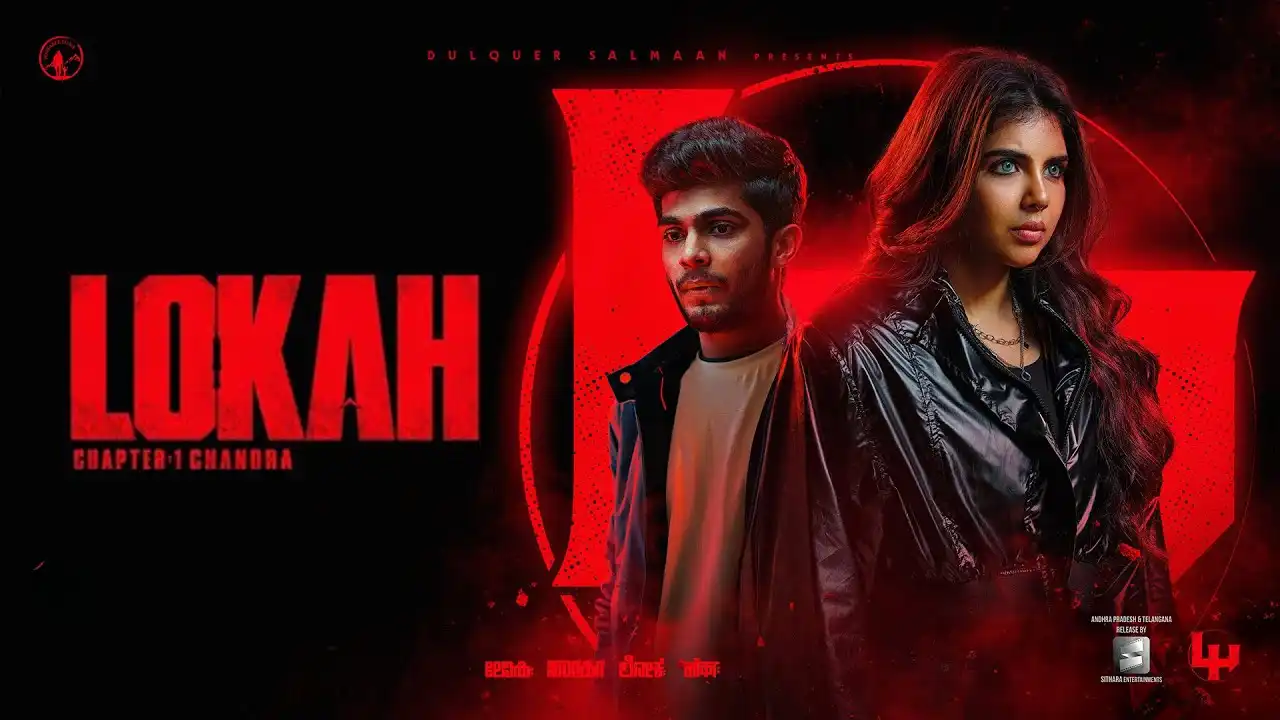

I have a question about the movie The Story teller.
Adil gets published of stories told by Paresh Rawal but in the end gets caught for reproducing stories of Rabindra nath Tagore. He is penalised.
But, actually those stores are told to Adil by Paresh. So, in my opinion Paresh Rawal is also a cheat like Adil because he only tells those stories of Rabindra nath Tagore
Isn’t it?